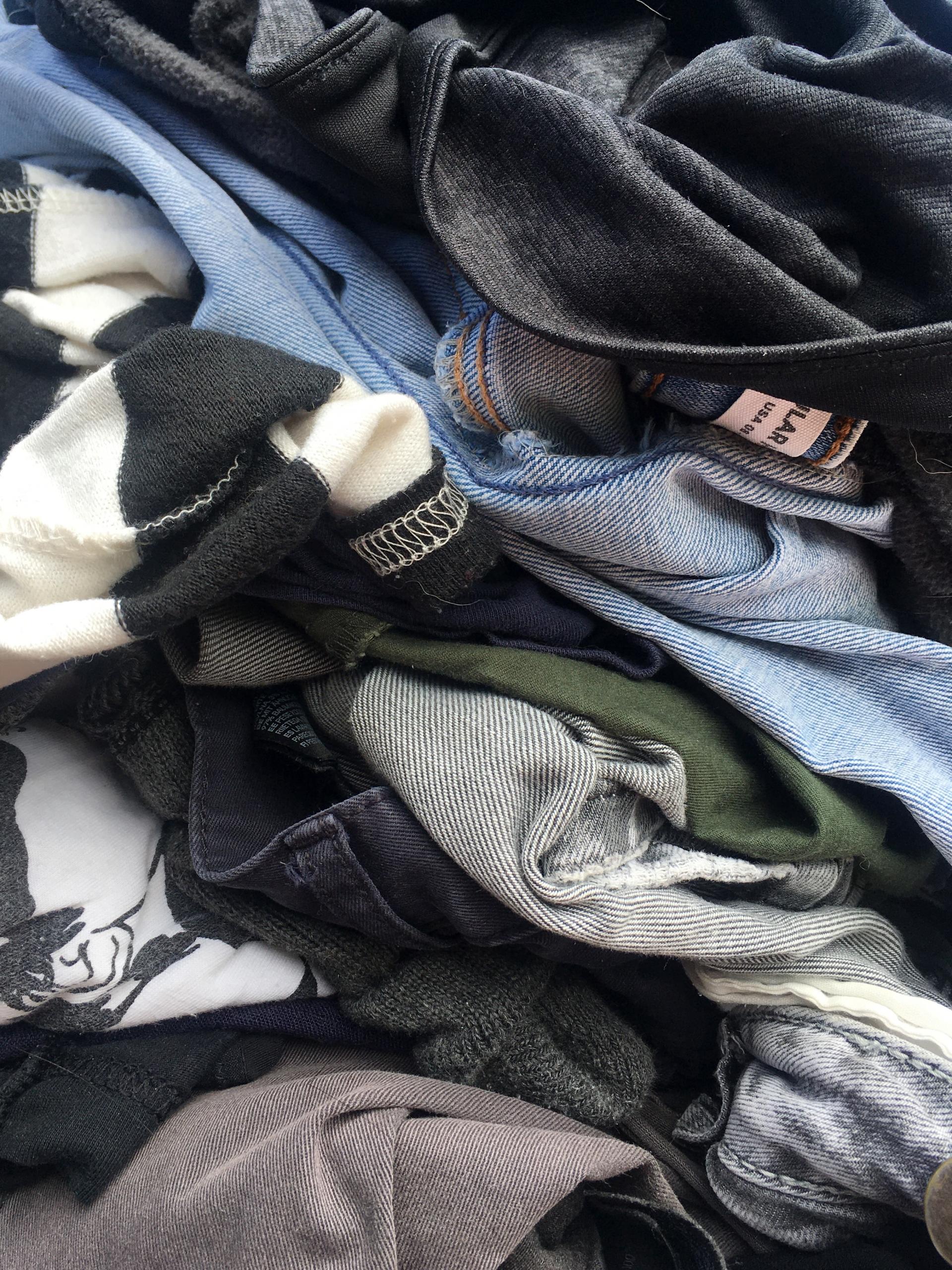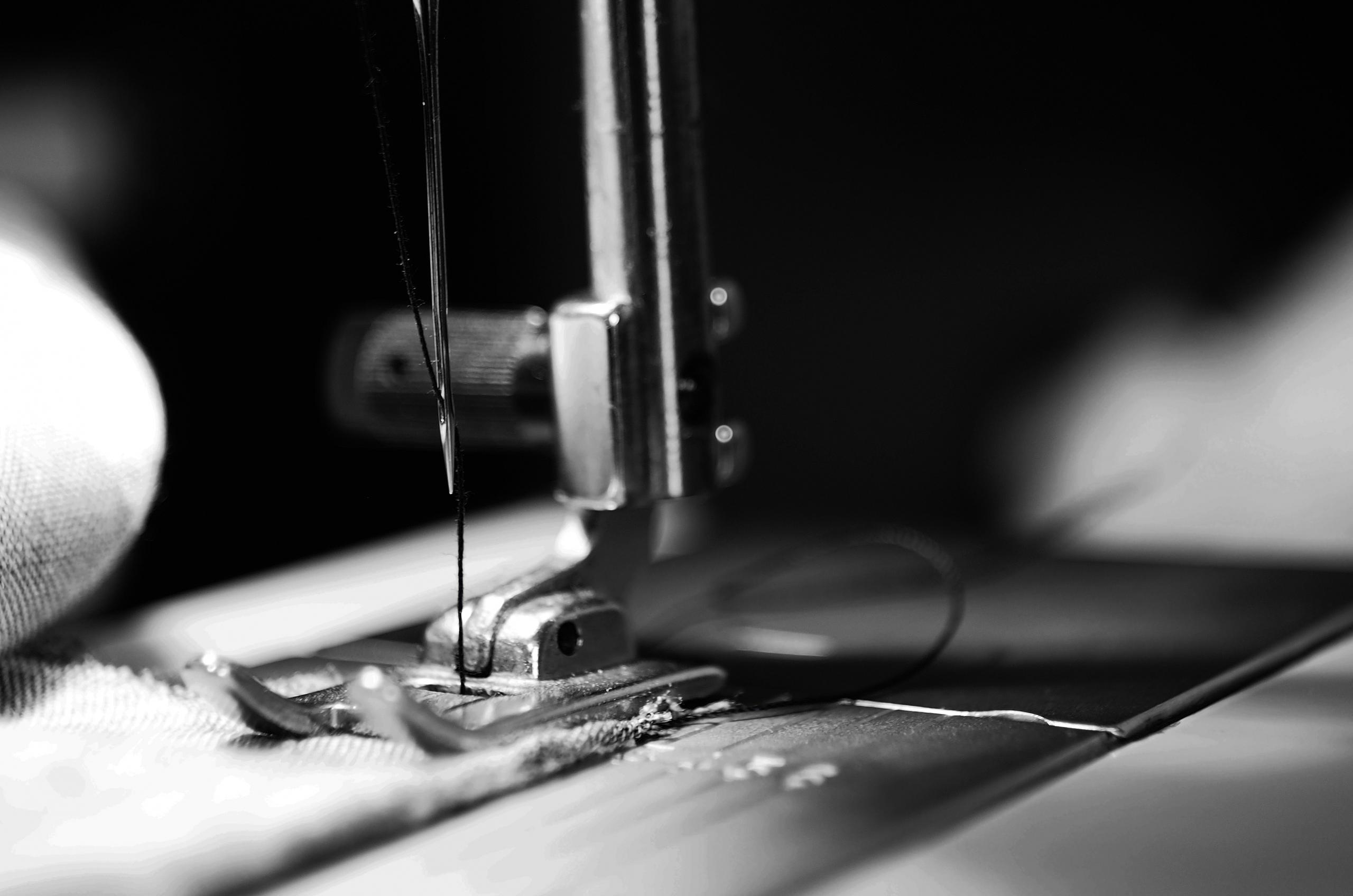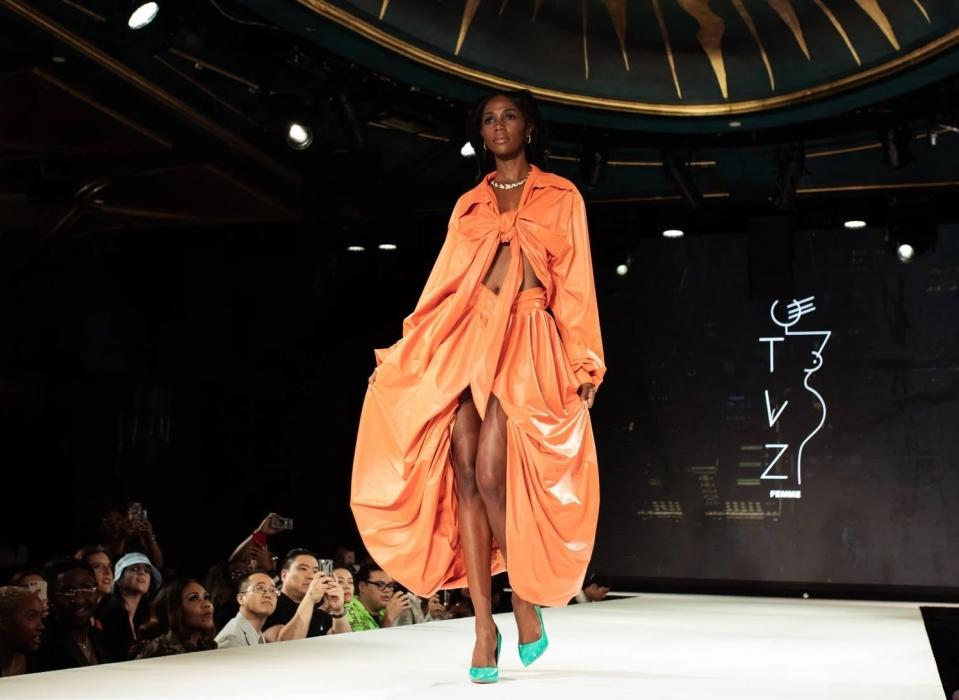
What is fast fashion?
Fast fashion is the term to describe clothes from a specific industry model where high-fashion trends are replicated in mass production and sold at a very low or low cost.
The fast fashion industry model grew during the 20th century when manufacturing became less expensive and when the demand started skyrocketing. The price drop happened after the result of new materials to create clothes, such as polyester and nylon. In addition, low-cost labour, more efficient supply chains and quick response manufacturing allowed retailers and fast fashion brands to thrive and become large multinationals selling their products around the world.
Is fast fashion an important industry?
The garment industry is reportedly the world’s third-biggest manufacturing industry after the automotive and technology industries.
Fashion is an influential business in the world and in the United Kingdom. We buy more clothes per person in the UK than in any other country in Europe. The fashion industry was worth £32 billion to the UK economy in 2017. This was an increase of 5.4% in 2016; a growth rate 1.6% higher than the rest of the economy. Furthermore, the industry employs 890,000 people in the UK in retail, manufacturing, brands and fashion design businesses.
The fashion industry has become one of the most influential sectors, both in terms of financial power and how it shapes wider trends, beliefs, attitudes, behaviours, identity and culture in the UK and across the world. Did you know that one iconic British television series is doing something about that?
What is the social impact of fast fashion?
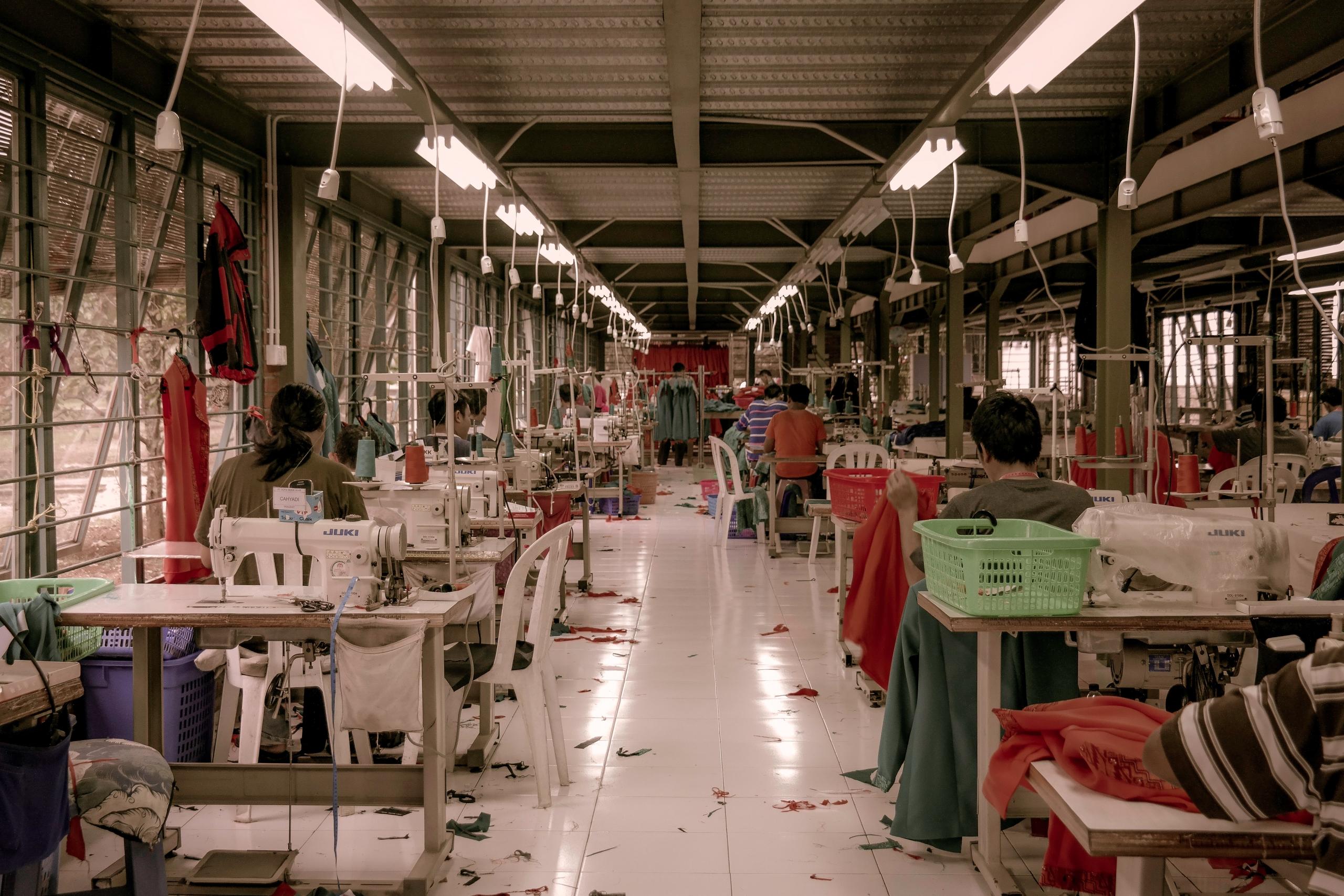
Before the Industrial Revolution, fashion was a laborious and slow production process which required materials–such as wool, cotton, and leather are expensive to produce– and require a lot of work and process before event becoming a garment.
New technology allowed the invention of sewing and textile machines that would accelerate the process while lowering production costs. But, who makes these clothes? The machines are not the only ones bringing down the price, every step of the supply chain of the fast fashion industry has questionable practices.
According to Fashion Checker (2020), 93% of brands surveyed aren't paying garment workers a living wage!
It is well known today that fast fashion brands such as Zara, H&M, Primark, Shein and even brands such as Adidas employ thousands of people from countries located in Africa, Central America, Eastern Europe or South East Asia, such as Asia, India, Bangladesh, and other emerging or developing countries where the workforce is very cheap.
It is estimated that 60 million persons represent the current workforce working in the fast fashion industry and roughly 80% of these workers are women. Likely more than double that number indirectly depend on the sector. Also, an estimated 80 million in China alone work for the fashion industry.
This means that they do not have a right to fair pay or even a living wage, this means that their wage does not allow them to afford the bare minimum to live, in contrast to the profits reported annually by the global fast fashion brands.
Just as a reminder:
- Europe’s richest person, Bernard Arnault, has made much of his fortune through selling luxury goods and owning more than 20 fashion and accessories brands and retailers.
- Inditex and Zara founder Amancio Ortega are both in the top ten wealthiest people in the world.
- In the U.K., Sir Philip Green is worth an estimated £4.3 billion and is the richest person in fashion at the helm of the Arcadia Group (Forbes, 2018).
This problem can be found in different parts of the supply chain of the fast fashion industry. If you want to know more and get involved, we recommend you to check out your favourite brand here.
The social impact of the fast fashion industry goes beyond the wages, unsafe and inhumane working conditions are also part of it, this includes worker rights violations, gender discrimination, exploitation of migrants or other minorities, and often no job security.
These elements, gathered together, contribute to the perpetuation of inequalities and social concerns in developing and emerging countries. Our clothes do not only represent an economical cost, but also a social cost to our global society!

Is fast fashion related to climate change?
Goal 12 of the United Nations, Sustainable Development Goals says that by 2050 the equivalent of almost three planets could be required to provide the natural resources needed to sustain current lifestyles given the growth in the global population.
In September 2015, the UK signed up to the United Nations Sustainable Development Goals, including a commitment (SDG 12) to ensure sustainable consumption and production patterns.
Fast fashion is strongly connected to climate change, several statistics have shown the effects of the fashion industry, here are just a few of them:
- Clothing production has doubled, while garment usage lifetime has decreased. In other words, clothing sales have doubled from 100 to 200 billion units a year, while the average number of times items were worn has decreased by 36% overall.
- 8% of the carbon emissions come from the fashion industry, according to a UN Environment report from 2019. This gathers things like pumping water to irrigate cotton crops, general transport, harvesting machinery and even oil-based pesticides.
- The textile sector still represents 10 to 20 per cent of pesticide use, (The State of Fashion, McKinsey, 2020). This means that over one-quarter of the world's pesticides are being used to grow conventional cotton for the fast fashion industry.
- The 2017 Ellen MacArthur Foundation report 'New Textiles Economy: Redesigning Fashion's Future', set out how the textiles' system operates linearly with large amounts of non-renewable resources extracted to produce clothes 'that are often used for only a short time, after which the materials are mostly sent to landfill or incinerated'. It calculated that more than $500 billion of value is lost every year due to clothing underutilization and the lack of recycling.
- It is estimated that £140 million worth of clothing goes to a landfill every year in the United Kingdom alone!
- 20% of global wastewater comes from textile dyeing and chemical use. This represents around 93 billion cubic meters of water that is contaminated by toxic chemicals.
- Produces half a million tons of microplastics that end in our oceans around the world, destroying marine life as we know it. These come from textiles made of nylon or polyester, both durable and cheap, but also represent a huge source of microplastics.
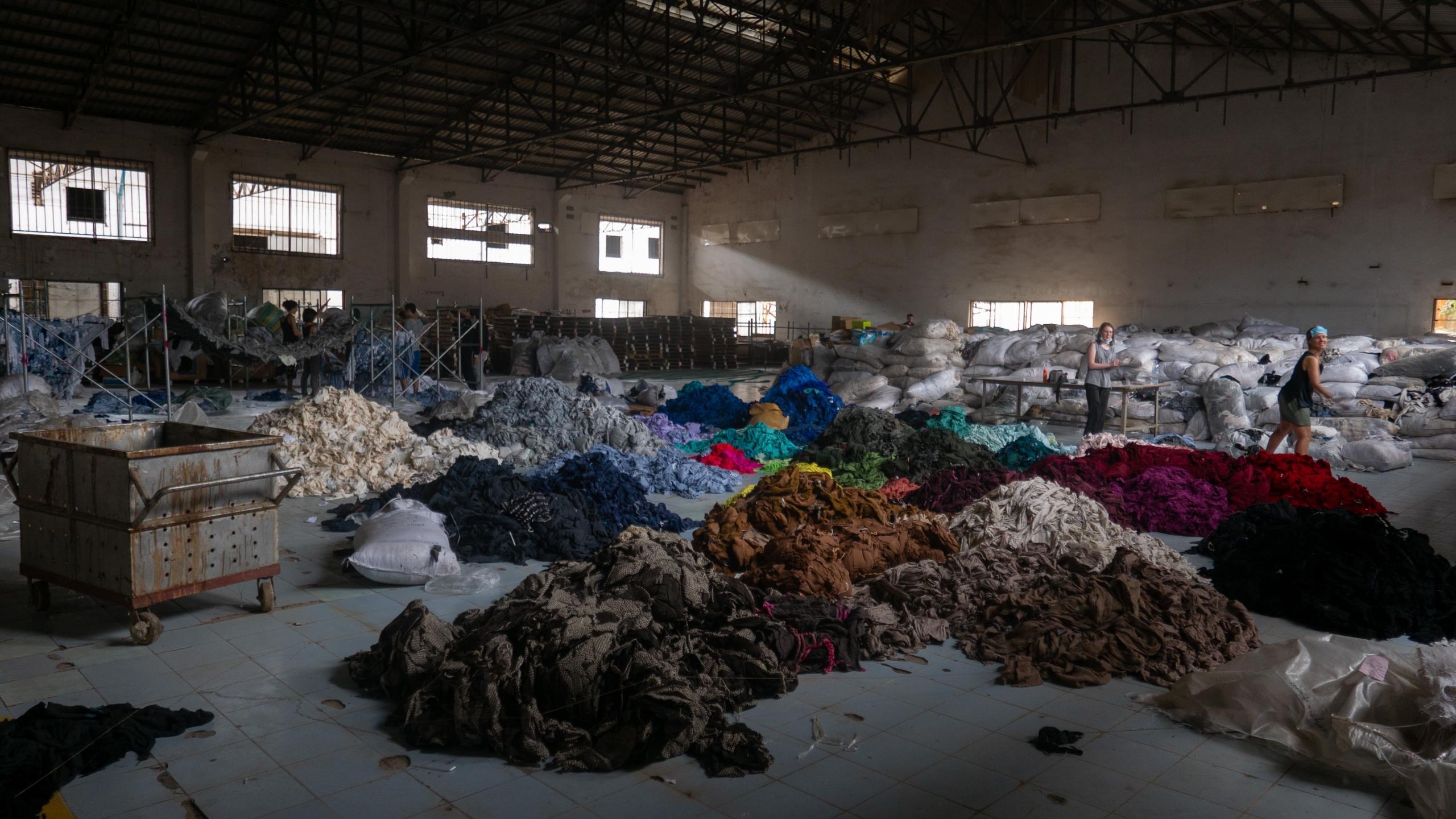
These are just a few facts to show you the environmental impact that fast fashion production has at every level from carbon emission, water waste, pollution of land and air and the spill-over effects that this entails for the workers and the consumers at a global scale.
What can you do as a consumer?
Do some research!
Before buying, try to look out for the brands that you usually like and learn about their sustainability commitments or social campaigns. There are many other brands and possibilities to buy clothes that can align with your values toward workers or the environment while still looking on-trend.
Break up with fast fashion
It can be difficult at first, but trying to buy less, choose well and make your garments last is a huge commitment to our planet. Trying to style out differently all your clothes or even modify them can give them a second life and a new look. Looking after our clothes and wearing them until they are truly worn out or mending them whenever is possible is a great step. Finally, responsibly recycling them at the very end of their life is one of the steps that many of us still forget, let's try to apply it more often!
Buy local brands
Buying local is also a great way to counter fast fashion, be curious and research brands that are made locally or at least in your country, most of them are looking to have a more sustainable supply chain, which is already a great step.
What can you do as a designer?
Launch a brand that embodies your values
Being passionate about fashion should not be the end of your creativity or creative process. There are still many ways to produce fashion sustainably and with social values.
It is known that a more circular textile production model is a great option to create fashion. Reusing materials wherever and whenever possible when creating new designs is challenging, but worth the effort. Even Vogue Australia and Elle UK have dedicated entire magazine issues to sustainable fashion, a trend that might be slow but is taken up each year by more designers and big names.
Get involved!
As a consumer or designer, you can get more involved and actively demand your favourite brands to commit further to sustainable fashion production and also demand better working conditions for all the people involved in the fashion industry.

